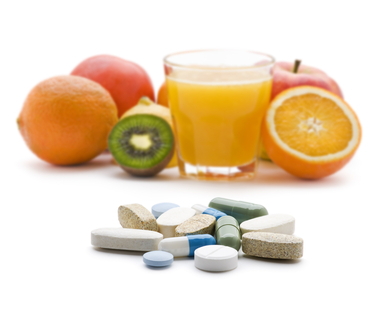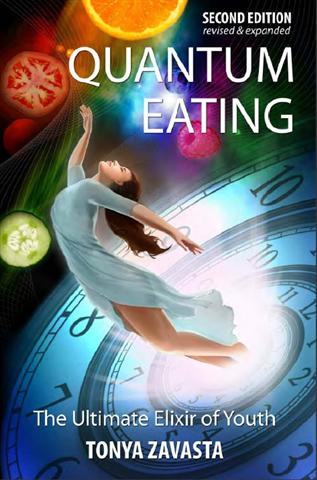Fruit and Drug Interactions: Beware of Grapefruit

Consider this situation, a quite common one—downright usual in fact—for a person on a conventional diet who’s around fifty. They started taking some prescription med a couple of years back. Then the doc added another one. Then a third and a fourth. And now the theme rears its ugly (and scary) head: drug interactions.
Of course, none of this worries us raw foodists … Right?
Not so fast … More than the odd raw foodist should be concerned. Some very new to the raw lifestyle still need to (or at least still do) take medications of one kind or another. But so do some who’ve progressed much farther, often when faced with unavoidable surgery. Whether for sound reasons or not, they’ve got a doctor who keeps writing prescriptions or recommends some treatment requiring the administration of a drug.
The catch: Certain plant components may magnify or minimize the drug’s effect or even worse, the drug may interact in unexpected ways with the plant components in the diet.
An article in one British paper, for instance, warns those who take medications about the danger of eating grapefruit: “[grapefruit] reacts with a large number of medicines causing devastating side-effects.” Grapefruit, it would seem, can make many prescription medications dangerously strong. Nor is grapefruit the only offender: Apples, limes, pomegranates, pomelos, star fruit and Seville oranges have also been labeled potentially dangerous.
But don’t stop at fruits. Some leafy greens, such as spinach or kale are a danger to those taking blood thinners for stroke prevention. Their flaw? Too much vitamin K. Eating too much spinach can counteract the effects of medication. To learn more about dangerous food and drug interactions and my personal experience with trying to balance the raw food diet and pharmaceutical medications during my hip surgeries, read my book Quantum Eating.
What new unfortunate fruit or veggie will fall into the medical community’s disgrace next? Who knows …
Research studies are costly and time-consuming. Moreover, it’s not likely that studies are forthcoming on how drug interactions might affect specifically those of us who are raw foodists—there simply are never enough of us in one place at one time to do long-term controlled studies, nor is there much financial incentive for anyone to fund them.
What is likely though is that with dozens of new pharmaceutical drugs approved by the FDA each year, we can only assume more and more live foods will be added to the “dangerous” list.
A 2011 Mexican study on potential risks resulting from fruit-vegetable-drug interactions found that “our knowledge of the potential risk of nutrient-drug interactions is still limited. Therefore, efforts to elucidate potential risks resulting from food-drug interactions should be intensified in order to prevent undesired and harmful clinical consequences.” (Translation: We don’t know a darn thing. We must research this to learn more.) And right they are—if our aim is to make sure we’re not adding “the wrong” fruits and veggies to our main course of pills.
But I say: Let’s change course. Let’s think food first, medicine second. Let’s steer toward recognizing food as medicine. Grapefruit or greens will never let you down. But if history is a guide, twenty years from now, patients will likely be suing their doctor for prescribing a potentially dangerous drug they traded their loving grapefruit for.

